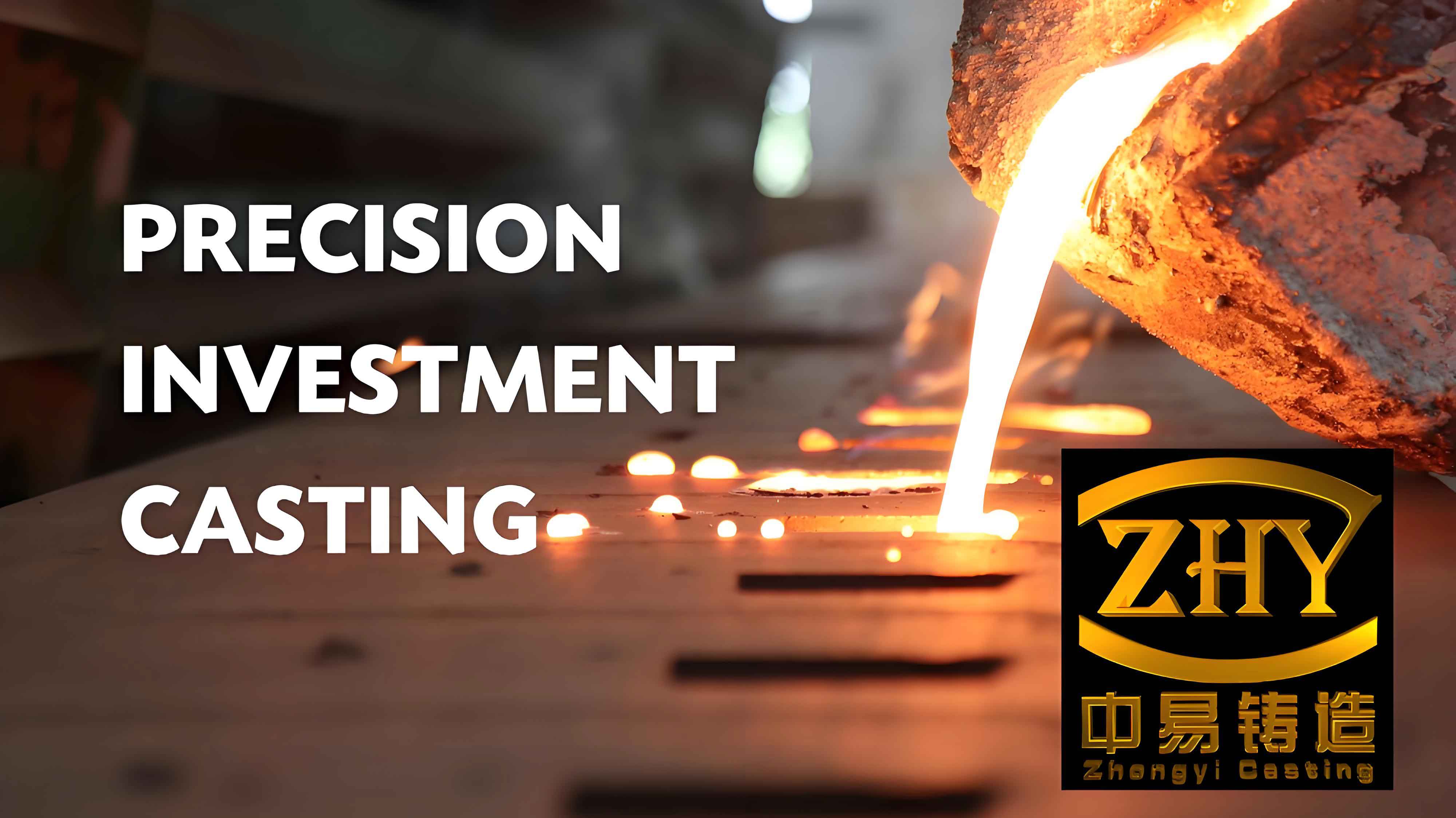The integration of additive manufacturing (AM) with precision investment casting has revolutionized the production of complex agricultural components. By leveraging 3D printing technologies, manufacturers achieve higher geometric accuracy, reduced lead times, and material efficiency – critical factors for optimizing farm equipment performance.

1. Additive Manufacturing Techniques for Precision Investment Casting
Five primary AM methods demonstrate compatibility with precision investment casting processes:
| Technology | Materials | Layer Thickness (mm) | Surface Roughness (Ra μm) | Build Rate (cm³/h) |
|---|---|---|---|---|
| Selective Laser Sintering (SLS) | Wax, Nylon, Metal Powders | 0.08-0.15 | 10-15 | 15-30 |
| Stereolithography (SLA) | Photopolymers | 0.05-0.10 | 5-10 | 10-20 |
| Fused Deposition Modeling (FDM) | Thermoplastics | 0.15-0.25 | 15-30 | 25-50 |
| Binder Jetting | Sand, Ceramics | 0.10-0.20 | 20-40 | 50-100 |
| Digital Light Processing (DLP) | Wax-like Resins | 0.03-0.08 | 3-8 | 8-15 |
The surface quality of precision investment casting patterns follows the relationship:
$$ R_a = k \cdot \Delta h + C $$
Where \( R_a \) = surface roughness, \( \Delta h \) = layer thickness, and \( k,C \) = material-specific constants.
2. Process Optimization for Agricultural Components
For a tractor engine turbine blade (diameter 150mm, 60 blades), AM-enabled precision investment casting reduces production time by 40% compared to conventional methods. Key parameters:
$$ t_{total} = N \cdot \left( \frac{A}{v \cdot d} + t_{cool} \right) $$
Where:
\( N \) = number of layers
\( A \) = cross-sectional area
\( v \) = scanning speed
\( d \) = laser spot diameter
\( t_{cool} \) = inter-layer cooling time
3. Material Efficiency Analysis
Precision investment casting with AM patterns demonstrates superior material utilization:
| Component | Traditional Waste (%) | AM-Enhanced (%) | Improvement |
|---|---|---|---|
| Gear Housing | 42 | 18 | 57% |
| Hydraulic Valve Body | 55 | 22 | 60% |
| PTO Shaft Coupling | 38 | 15 | 61% |
4. Dimensional Control in Precision Investment Casting
The shrinkage compensation factor for AM patterns follows:
$$ S_c = 1 + \alpha_m \cdot (T_p – T_a) + \alpha_c \cdot (T_c – T_r) $$
Where:
\( \alpha_m \) = pattern material CTE
\( \alpha_c \) = casting alloy CTE
\( T_p \) = pattern formation temperature
\( T_a \) = ambient temperature
\( T_c \) = casting temperature
\( T_r \) = room temperature
5. Economic Impact Analysis
Implementation of AM in precision investment casting yields significant cost benefits for agricultural machinery manufacturers:
| Cost Factor | Reduction | Key Driver |
|---|---|---|
| Tooling Costs | 65-80% | Elimination of hard tooling |
| Lead Time | 50-70% | Direct digital manufacturing |
| Material Waste | 40-60% | Additive material deposition |
| Energy Consumption | 25-35% | Reduced thermal processing |
6. Technical Challenges and Solutions
Current limitations in AM-enabled precision investment casting include:
$$ \text{Residual Stress} = \frac{E \cdot \Delta \alpha \cdot \Delta T}{1 – \nu} $$
Where \( E \) = Young’s modulus, \( \Delta \alpha \) = CTE difference, \( \Delta T \) = temperature gradient, \( \nu \) = Poisson’s ratio
Mitigation strategies involve:
- Multi-stage stress relief annealing
- Adaptive laser power modulation
- Layer-wise thermal monitoring
7. Future Development Trends
The convergence of AM and precision investment casting drives innovation in agricultural machinery through:
- Hybrid manufacturing systems combining AM and CNC
- AI-driven process parameter optimization
- Nanocomposite pattern materials
- Closed-loop quality control systems
As precision investment casting evolves with AM integration, agricultural equipment manufacturers gain unprecedented capabilities to produce high-performance, durable components with complex geometries essential for modern farming operations. The continued refinement of these synergistic technologies promises to further enhance manufacturing efficiency while maintaining strict quality standards required for agricultural applications.
